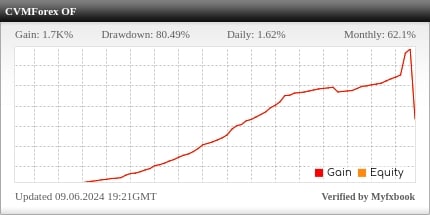The currency market, also known as the foreign exchange (Forex or FX) market, is the largest and most liquid financial market in the world. It operates 24 hours a day, five days a week, and facilitates the exchange of currencies from around the globe. Currency market trading offers immense opportunities for investors, but it also carries significant risks. In this article, we will delve into the world of currency market trading, exploring its key aspects and providing valuable strategies for success.
Understanding the Currency Market
The currency market is a decentralized marketplace where currencies are traded in pairs. These pairs are categorized into three groups: major, minor, and exotic. Major pairs include currencies like the US Dollar (USD), Euro (EUR), Japanese Yen (JPY), and British Pound (GBP), while minor and exotic pairs involve currencies from smaller or emerging economies.
Liquidity and Volatility
One of the currency market’s distinguishing features is its exceptional liquidity, stemming from its immense trading volume. The liquidity guaratees that traders can easily enter and exit positions, lowering the risk of price manipulation. On the flip side, the currency market is also known for its volatility, as exchange rates can fluctuate rapidly in response to economic, political, or geopolitical events.
Trading Strategies
Technical Analysis: Many traders employ technical analysis to predict future price movements based on historical data and chart patterns. Common tools include moving averages, RSI (Relative Strength Index), and Fibonacci retracement levels. Technical analysis helps traders identify potential entry and exit points.
Fundamental Analysis: Fundamental analysis involves evaluating a currency’s intrinsic value by examining economic indicators, interest rates, and geopolitical events. Understanding a country’s economic health can help traders make informed decisions.
Risk Management: Successful currency trading requires robust risk management strategies. Stop-loss orders and risk tolerance should be defined by traders to limit possible losses. Diversifying a portfolio by trading multiple currency pairs can also reduce risk.
Position Sizing: Determining the appropriate position size is crucial. Traders should avoid overleveraging, which can lead to significant losses. A common rule of thumb is to risk no more than 1-2% of the trading capital on a single trade.
Keep Abreast of News: Currency markets are highly sensitive to news events. Stay informed about economic releases, political developments, and central bank decisions, as these can have a significant impact on exchange rates.
Demo Trading: Newcomers should consider practicing on demo accounts before risking real capital. Demo trading allows individuals to get a feel for the market and test their strategies without financial risk.
Trading Plan: Develop a well-thought-out trading plan that outlines your goals, strategies, and risk management rules. Stick to your plan and avoid impulsive decisions.
Conclusion
Currency market trading offers a world of opportunities for investors, but it comes with its fair share of challenges. To succeed in this dynamic market, traders must educate themselves, adopt effective strategies, and manage risk diligently. Whether you’re a seasoned trader or just starting, continuous learning and disciplined execution are the keys to navigating the currency market with confidence. Remember, success in currency trading is not guaranteed, but with the right approach, you can enhance your chances of achieving your financial goals.













